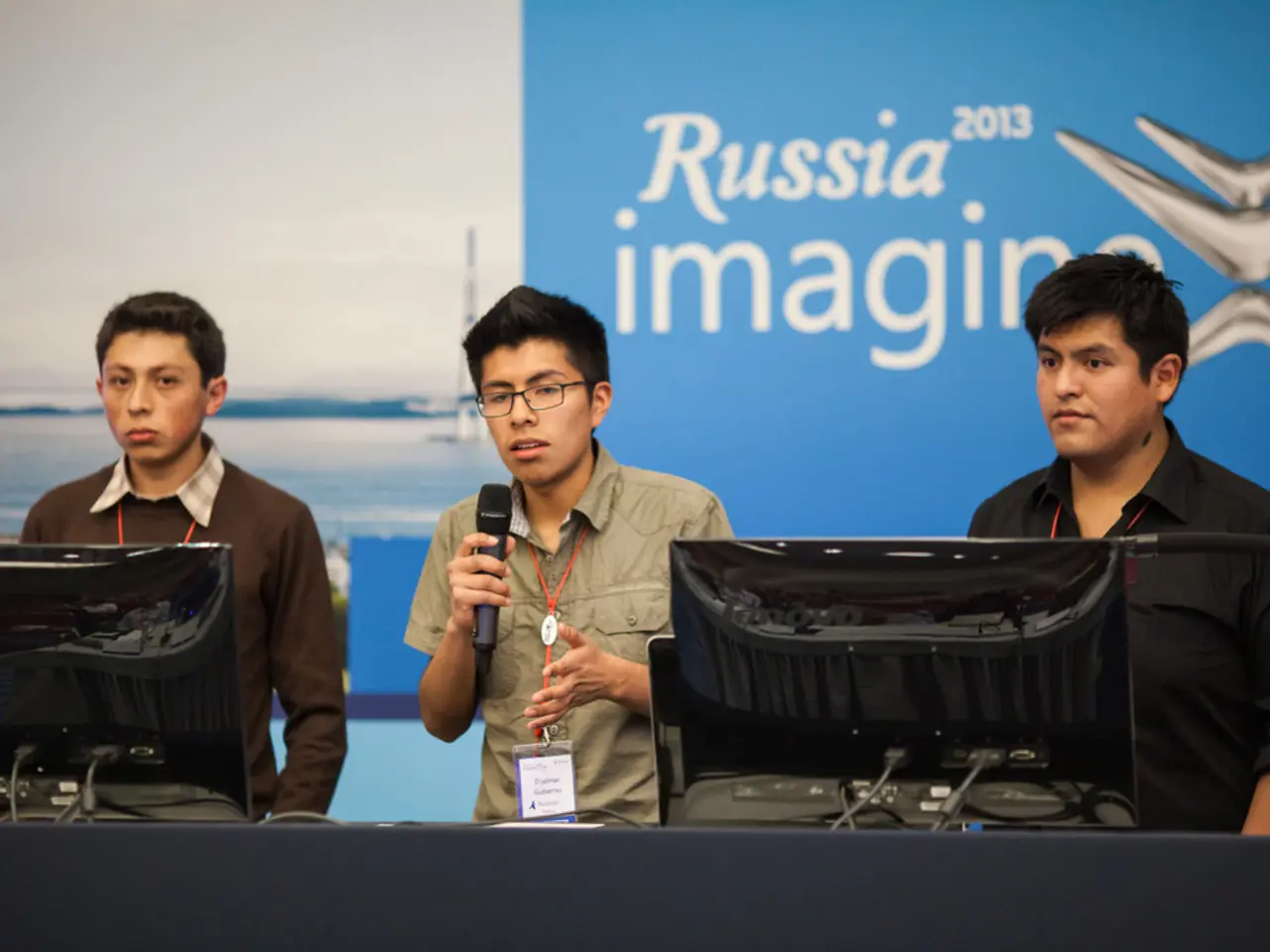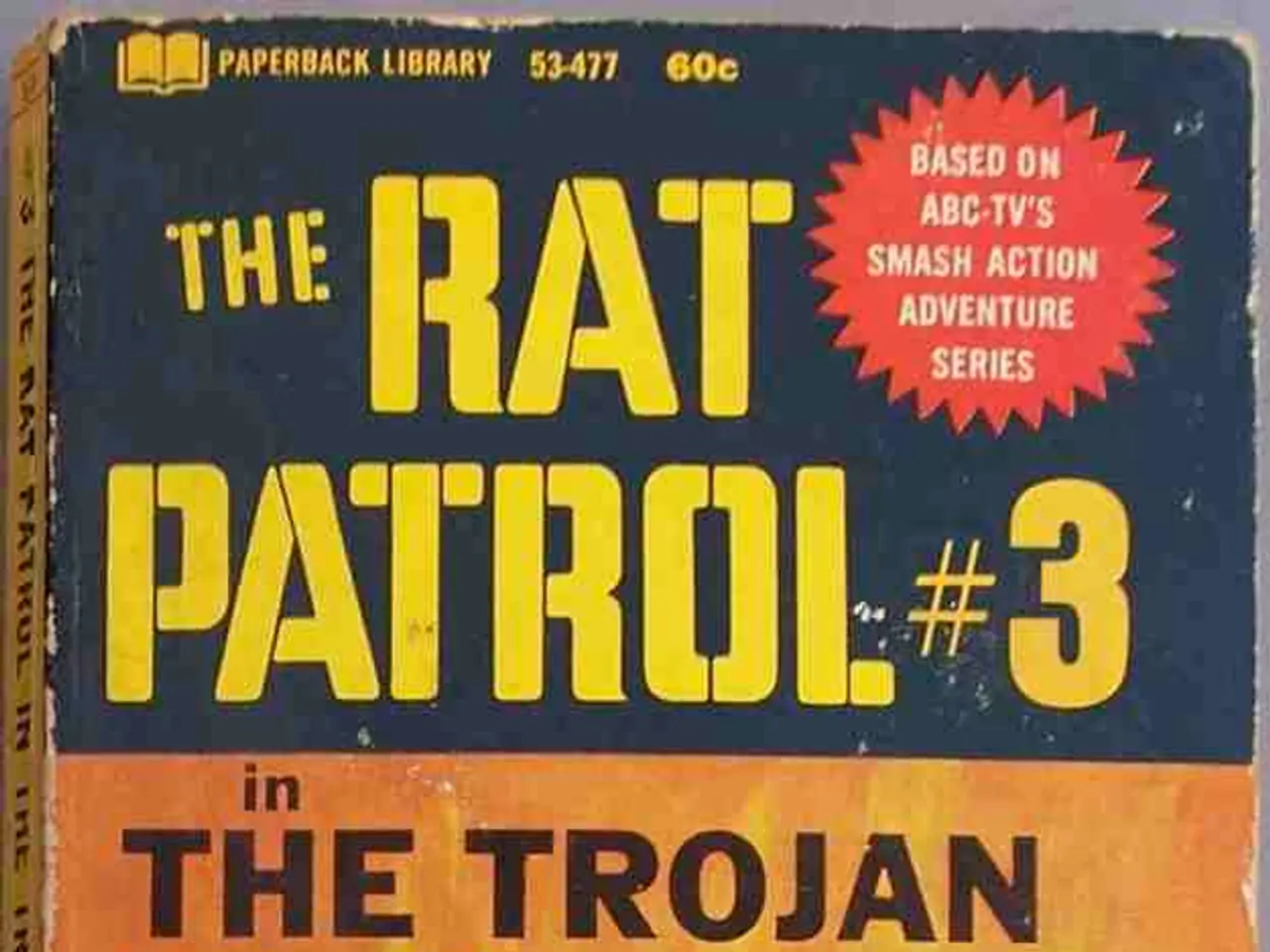Trump raises Indian tariffs to 50%, intensifying pressure on Russia
India is facing a 50% blanket tariff on its products by the US, marking a significant escalation in trade tensions between the two countries. The Trump Administration increased its tariff rate on Indian goods from 25% to 50% on August 6, 2025, as part of broader US trade policy and retaliation measures.
This tariff hike affects 55% of India's merchandise exports to the US, indicating a substantial portion of India's export basket is directly impacted. The increase arises from escalating trade tensions and has prompted retaliatory threats and tariff measures from other countries, reflecting a broader environment of rising protectionism.
The immediate impact on India's economy includes:
- Higher costs and reduced competitiveness of Indian exports to the US, leading to potential loss of market share.
- Increased prices for US consumers on Indian products, especially in sectors like clothing and textiles where prices rise up to 39% in the short term.
- Negative effects on Indian exporters and related industries, potentially slowing export growth.
- Potential reductions in India's foreign exchange earnings from exports, which could affect broader economic growth.
- Broader inflationary pressures in the US linked to tariff-induced price increases may indirectly affect global trade dynamics.
The tariff increase threatens to slow India's export-led growth, cause disruption in trade relations with a key partner, and could necessitate strategic shifts in India's trade and economic policies to mitigate the negative effects. The magnitude of the tariff suggests significant short-to-medium term challenges for India's international trade balance and economic expansion.
Interestingly, China, which also buys oil from Russia, is currently experiencing a 30% levy on all its products, as it negotiates more favorable tariff measures with the US administration. Brazil is the only other country, apart from India, to face a 50% import tax on all its products.
The steel, aluminium, and copper tariffs, also at 50%, are levied on every single country in the world apart from the UK. The tariff showdown has reportedly shattered the once robust populist alliance between Trump and Indian Prime Minister Narendra Modi.
The Indian government has called the additional tariffs "unfortunate" and "unjustified", and has stated it would take all necessary actions to protect its interests. India has not supported the Ukraine-related sanctions by the US and its allies on Moscow, and has attacked the US and Europe's "double standards" in their trade relationship with Russia.
Oil prices have fallen, with a barrel trading at $65.84 or €75.53 on the day the new tariffs were announced, up by 1% on the day. The tariffs on India and Russia will go into effect 21 days after the signing of the order, allowing time for negotiation.
[1] Trade Policy Watch, (2025). US-India Trade Tensions Escalate: 50% Tariffs on Indian Goods. [online] Available at: https://tradepolicywatch.com/us-india-trade-tensions-escalate-50-tariffs-on-indian-goods/
[2] The Economic Times, (2025). US-India Trade Dispute: India Faces 50% Tariffs on Exports to US. [online] Available at: https://economictimes.com/news/international/business/us-india-trade-dispute-india-faces-50-tariffs-on-exports-to-us/articleshow/91573542.cms
[3] The Hindu, (2025). US Tariffs on Indian Goods: Impact and Implications. [online] Available at: https://www.thehindu.com/business/us-tariffs-on-indian-goods-impact-and-implications/article34891184.ece
- The 50% tariffs on Indian goods by the US, a part of a broader US trade policy, other retaliation measures, and escalating war-and-conflicts, are causing ripple effects in the global trade landscape, disrupting trade relations, and necessitating policy-and-legislative shifts to mitigate the negative consequences.
- Simultaneously, crime-and-justice ramifications are emerging due to the tariff-induced economic turmoil in India, as it grapples with rising prices, slowed export growth, and potentially mounting crime rate related to financial struggle in general-news sectors.








